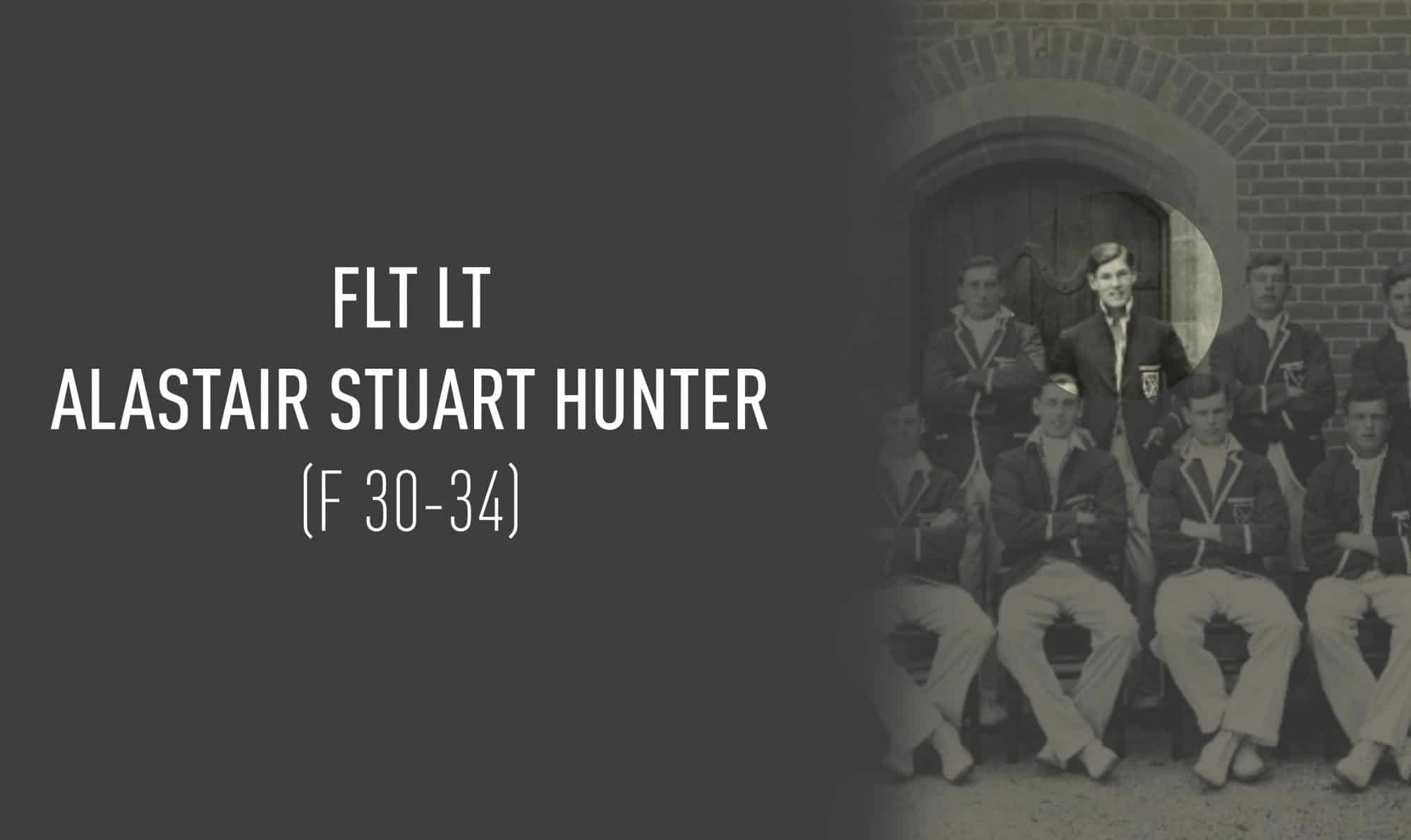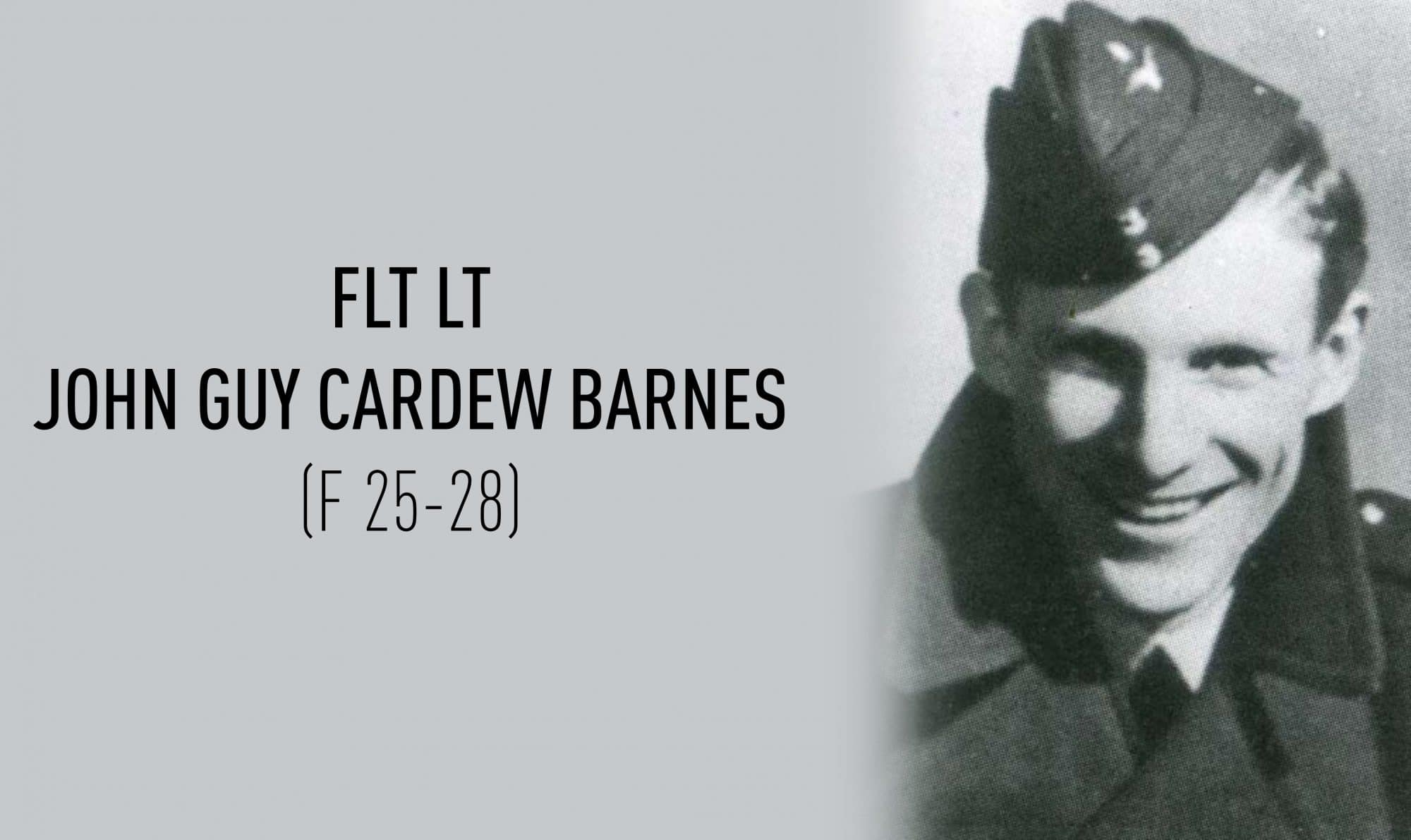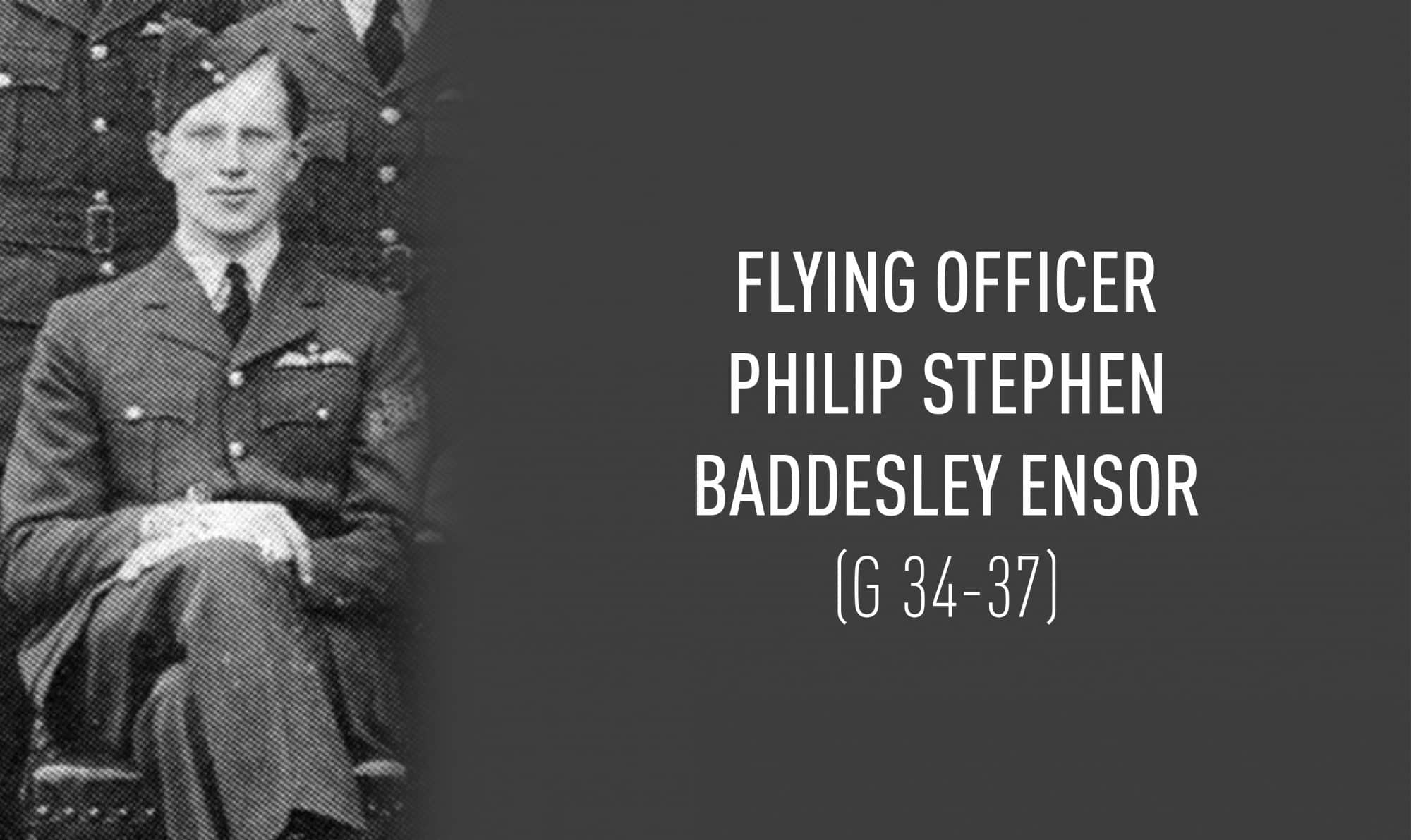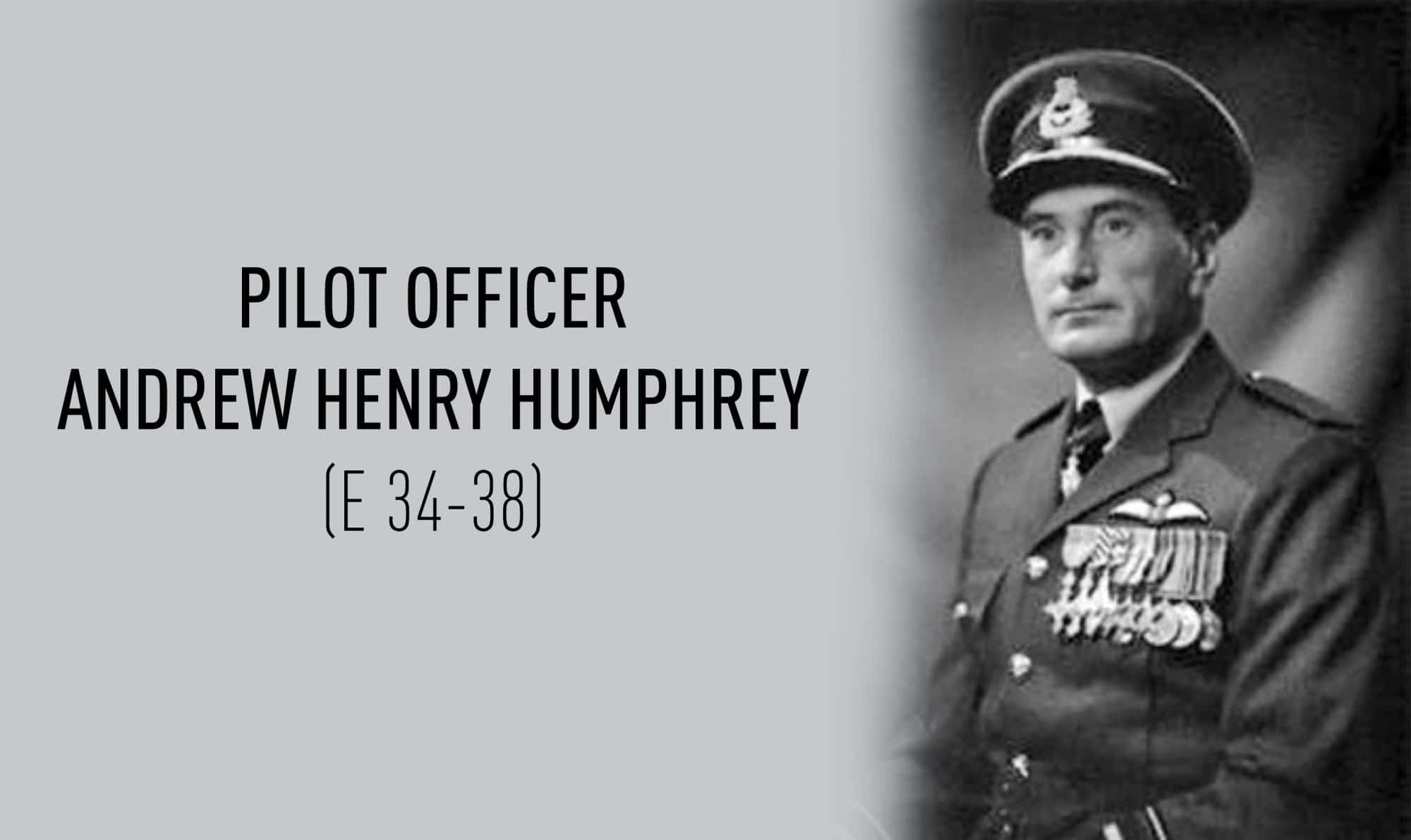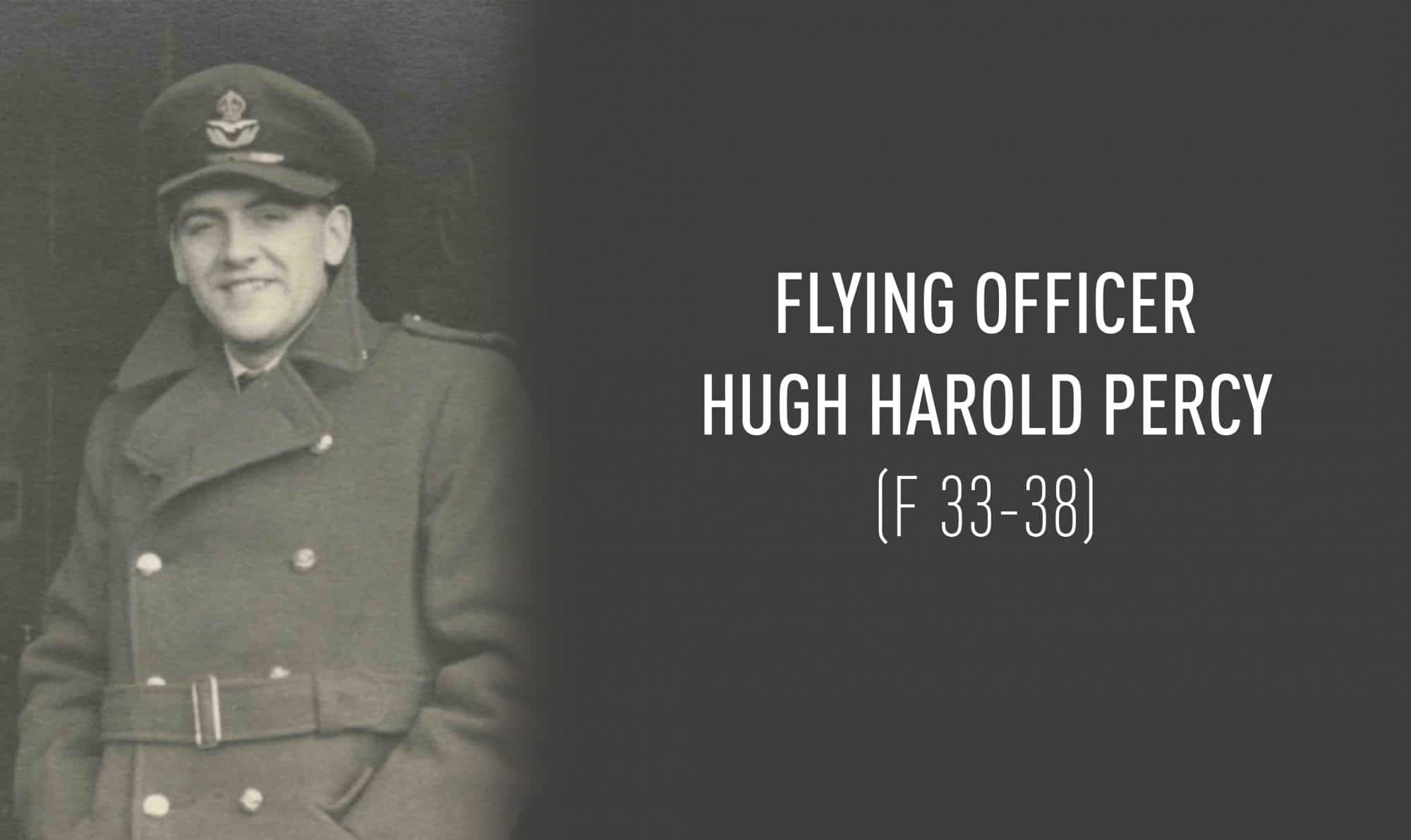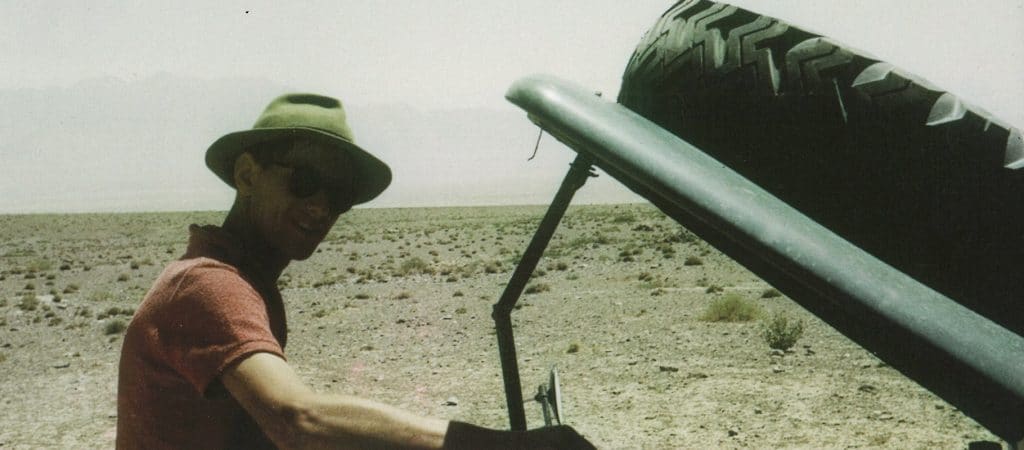AIRMAN OF THE DAM RAID (OPERATION CHASTISE)
FLT LT WILLIAM ‘BILL’ ASTELL (E 33-37) died on 17 May 1943, aged 23, while serving with 617 Squadron. He was awarded the DFC when he was shot down over the Western Desert and crash landed behind enemy lines. He managed to evade capture and got back to his base some five days later.
He flew on a number of operations during active service largely in the Middle East and Malta. From his school days he was regarded as an adventurous spirit.
He first enlisted into the Navy but then transferred to the RAFVR in July 1939. In April 1940 he was selected for pilot training and was taken to Rhodesia.
Returning to England in Sept 1942, he trained to fly Lancasters and was then posted to 57 Squadron at RAF Scampton in Jan 1943.
He and his crew in C flight were selected for a special operation and on 14 May were the first to fly a specially modified Lancaster AJ-B for Baker plane in what is now known as the Dam’s Raid (Operation Chastise).
On the night of the raid, May 16, 1943 headed for the Mohne Dam, Astell took off in the final trio of the first wave and everything seemed to go well until they crossed the Rhine when they encountered light flak and his gunners vigorously returned fire.
Astell eventually hit an electrical pylon near Marbeck, where a line of HT cables lay in the path of the attacking force. The two other pilots in the raid, a few minutes ahead, had noticed them and flown over them.
The Upkeep mine (bouncing bomb) that Astell’s aircraft was carrying exploded shattering windows all around. He is buried in Reichswald Forest Commonwealth War Cemetery.


